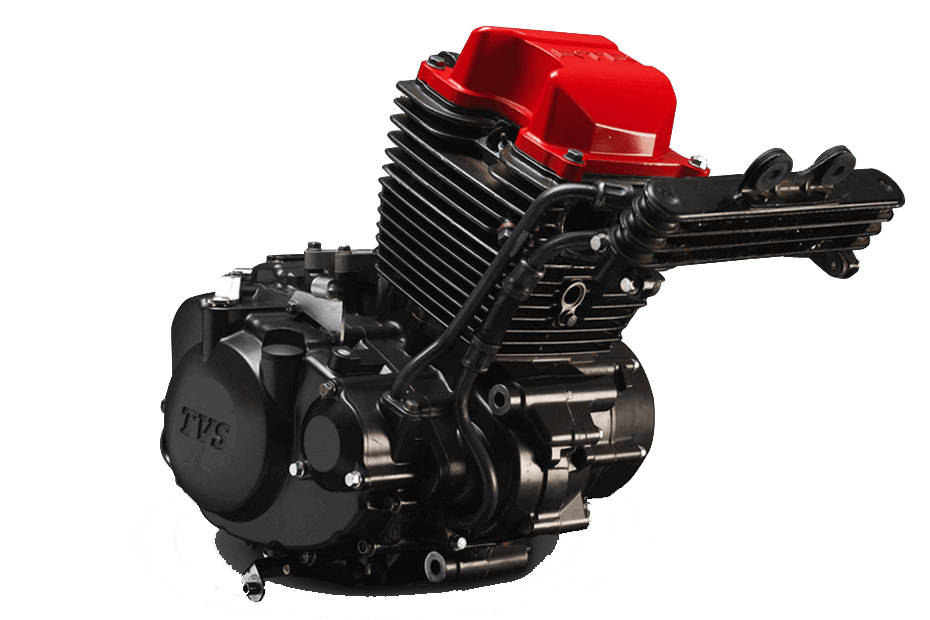Four Valves Vs Two Valves: Differences Explained
Modified On Apr 8, 2019 05:21 PM By Gaurav Sadanand
- 9607 Views
How many number of valves is the right number of valves? We take a closer look at what they do and what they mean for your bike

We’ve already covered the differences between a carb and a fuel-injection system. The two are primarily used to feed air-fuel mixture to the cylinder. Valves, on the other hand, act as a bridge between the cylinder and the carb/fuel-injection systems. However, the opening and closing of these valves are controlled by camshafts, the workings of which are explained here. In essence, the three work in harmony to supply air-fuel mixture into the cylinder.

Before we jump to the crux of the matter, let's take a closer look at how an internal combustion engine (ICE) works. For combustion to take place in a cylinder, the piston needs to complete four cycles (4-stroke) which comprises of intake, compression, power, and exhaust. Essentially, during the intake stroke, the piston travels from top-dead-centre to bottom-dead-centre pulling in air/fuel mixture from the open intake valve into the cylinder. In the second stroke, the valves close and the piston moves up in the cylinder to compress the air-fuel mixture, post which the spark plug ignites the compressed fuel resulting in a power stroke (third stroke). Last but not the least, during the fourth stroke, the piston moves back to the top-dead-centre pushing out burnt fuel from the open exhaust valve.
The piston needs to make two full passes in the cylinder to complete one 4-stroke cycle.
Four Valves:

A four-valve setup is more commonly used on modern bikes or performance motorcycles. The configuration comprises of two large intake valves and two small exhaust valves. Generally, a four valve engine requires a DOHC (Double Overhead Camshaft) or two cams setup. One works the air intake valves while the other operates the exhaust valves. Thanks to the use of multiple valves which pumps in more air-fuel mixture into the cylinder, the engine breathes better which in turn translates to lesser unburnt fuel or emissions and higher efficiency.

Furthermore, since multiple valves are smaller in dimension and lighter in mass compared to a two valve configuration, they travel freely and at a higher frequency, enabling the engine to run at higher rpm and extract more performance. There’s also the option of having Variable Valve Actuation (VVA) which permits the engine to run two different valve timings - one for low-end performance and another to aid top-end grunt. A secondary benefit to having a four valve, twin cam setup is, it gives engineers the flexibility to position the spark plug on top of the cylinder for optimum flame font and better combustion. However, on rare occasions, the spark plug has to be moved to the side in the case of a multi-valve single cam setup.
That said, a four valve engine does have a couple of drawbacks. The use of multiple valves requires more space in the cylinder head, which leaves for fewer tolerances and weakens the overall structure. The only workaround for this is to use top quality materials in order to strengthen the cylinder head, which in turn makes the process more complex and pushes the cost of manufacturing. Hence, they are expensive to replace and maintain.
Two Valves:

Two valve engines are typically used on budget-friendly or commuter motorcycles. As the name suggests, there are only two valves operated by a single overhead camshaft (SOHC). The largest valve of the two takes care of intake while the smaller valve is responsible for discharging the exhaust gases. Thanks to the simple construction, they are simpler to manufacture, easy to maintain, and hence the more cost-effective solution. They’re also just as, if not more reliable, than four valve engines and offer reasonable performance for everyday use. That doesn’t necessarily mean that two valves engines are specifically designed for commuter bikes. Heck, it’s also seen on premium motorcycles like Harley-Davidsons, which produce a ton of torque at low revs.
